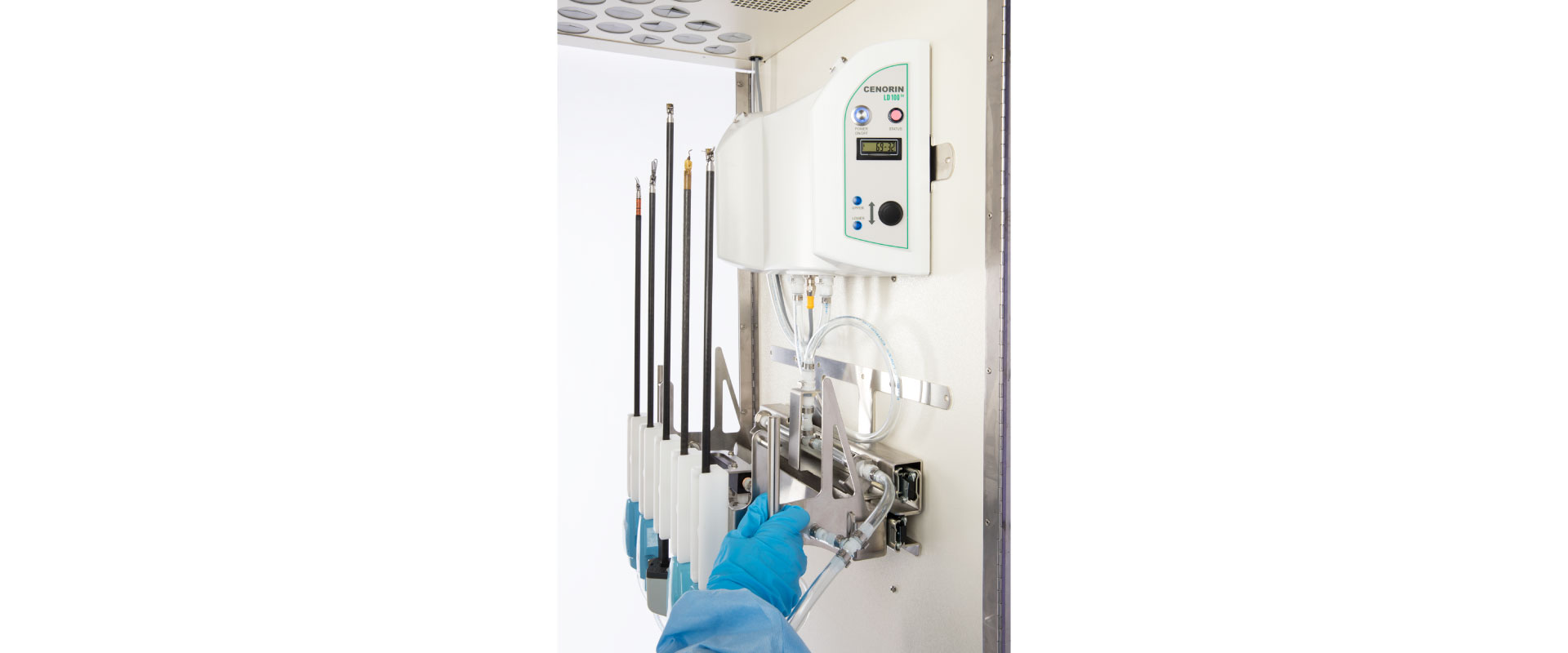Post on 03.05.2020
Drying Reusable Medical Device Lumens: Not as Easy as You
May Think

Reprocessing professionals have been informing us of problems with aborted loads in their low temperature sterilizers, which are occurring because of retained moisture in robotic arms and other lumened devices. In addition, if lumened devices are not thoroughly dried before they are steam sterilized, wet packs can result and cause additional problems.
Standards bodies such as CDC, HIPAC, AORN, SGNA, IAHCSMM and ANSI/AAMI have all discussed the consequences of retained moisture inside lumened devices (microbial growth that poses infection risk) and the critical importance of thorough drying. But creating a process that consistently achieves “dryness” has been a challenge for healthcare providers. Typical drying processes are manual steps with the potential for inconsistency, potential lumen damage and long reprocessing times.
We knew the solution needed to offer an economical, practical method that helped users maintain compliance to device instructions for use. It also needed to help improve drying times and boost productivity if it was going to be of value to users.
Enter the Cenorin LD 100 Lumen Drying System, a directed airflow device used as an adjunct in drying cabinets. Launched in January 2020, the LD 100 system helps assure a compliant, effective and efficient drying process for endoscope and robotic arm lumens without impeding the drying of other medical devices in the cabinet.
• Dries TWO endoscopes or TEN robotic lumens at a time, mounted vertically per IFU
• HEPA filter removes 99.97% of particulates greater than .3 microns from flowing air
• A built-in timer enables user-defined drying times
• Air is delivered at low pressure to protect device lumens
• Amplifies the work of a cabinet’s drying cycle to help assure thorough drying for lumens
If you reprocess medical devices such as robotic surgical devices, what are your lumen drying challenges? How can we make this daily process better for you?